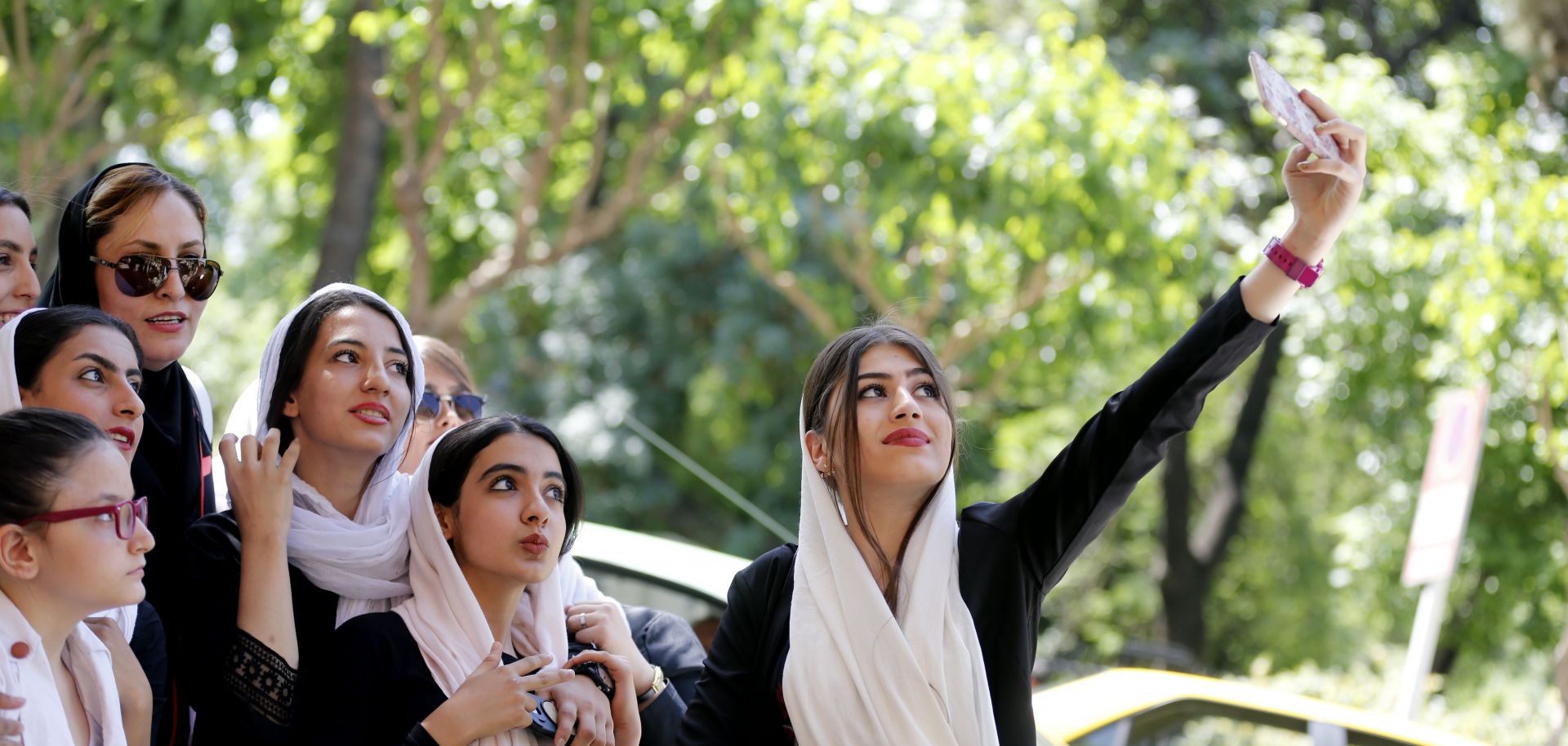Head-covering for Muslim women may be a matter of self-expression or one of oppression. It may be a demonstration of national identity or a cherished custom. Either way, it is a manifestation of a religious text whose evolving interpretation varies over time and across diverse cultures. And even with plenty of more important issues hanging in the balance -- the future of the Iran nuclear deal, the relocation of the U.S. Embassy in Israel, the plight of refugees and displaced persons, a looming water crisis -- the question of how women present themselves in public keeps making headlines.
Today, another clamor has erupted on the streets of Tehran -- only this time, women are protesting the requirement to cover their hair that arose from the revolution. Dozens of women have been arrested as more and more participants join in a new campaign against the chador and hijab, or headscarf. The...


